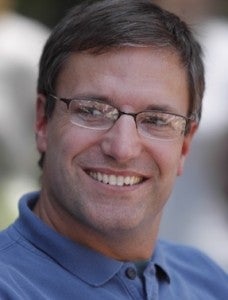This commentary originally appeared on EDF’s California Dream 2.0 blog.
 Yesterday, the California Public Utilities Commission (“CPUC”) updated their June 25 proposed decision that included implementation rules for an On-Bill Repayment (“OBR”) program for public and commercial properties. An OBR program allows property owners to finance energy efficiency upgrades on their buildings and repay the obligations through their utility bills. Banks and other private investors provide the funding and borrowers get low interest rates because the obligations are an integral part of the utility bill and, under the EDF proposal, are fully transferable upon change in ownership or occupancy.
Yesterday, the California Public Utilities Commission (“CPUC”) updated their June 25 proposed decision that included implementation rules for an On-Bill Repayment (“OBR”) program for public and commercial properties. An OBR program allows property owners to finance energy efficiency upgrades on their buildings and repay the obligations through their utility bills. Banks and other private investors provide the funding and borrowers get low interest rates because the obligations are an integral part of the utility bill and, under the EDF proposal, are fully transferable upon change in ownership or occupancy.
The CPUC’s revised decision contains many of the elements necessary for a successful program including making the OBR obligation an integral part of the utility bill through a tariff. Ed Wojtowicz, VP of Finance at Honeywell recently told me, “By integrating the financing charge into the utility bill, we expect that OBR will help many towns, cities and school districts approve money saving energy efficiency projects.” We have heard similar sentiments from other market participants and are optimistic that this OBR program will accelerate money-saving clean energy investments in municipal and school properties.
Unfortunately, our California utilities — PG&E, SoCal Edison and Sempra — have been fighting OBR tooth and nail for the past two years, as they fear that a successful OBR program would increase investment in distributed solar, potentially reduce utility control of energy efficiency programs and allow other companies to have access to the utility bill and customer relationships. Over the past three weeks, the utilities have had ten separate private meetings with CPUC commissioners or staff in an attempt to halt the OBR program.














